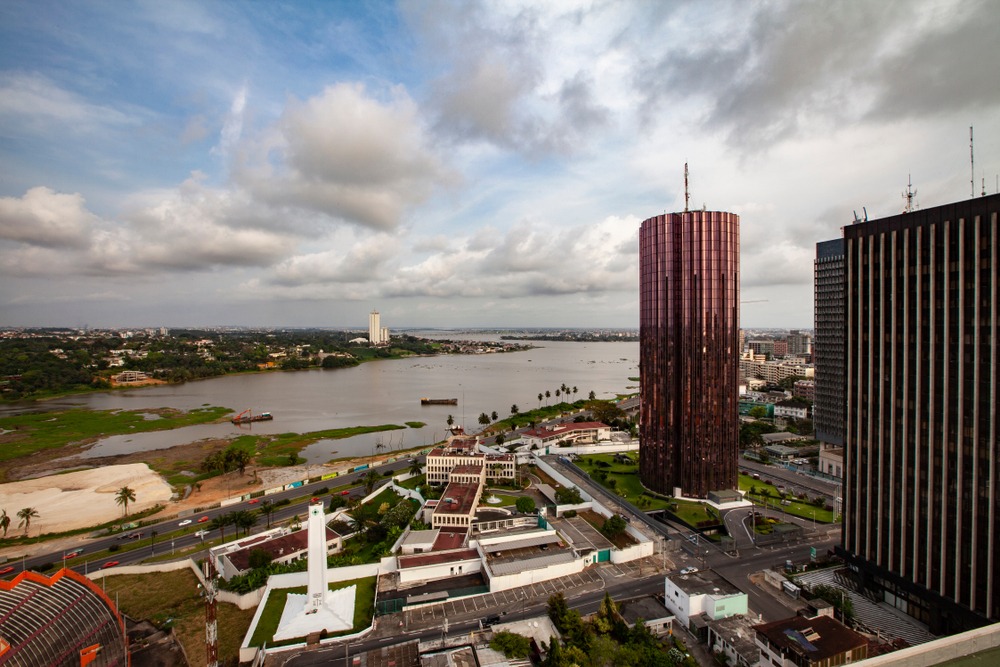Ivory Coast farmers are not keeping their hopes down on the cocoa bean performance. This is despite the poor rainfall in the past week.
The arid weather condition came just before the mid-crop season, sending worries among spectators.
Nevertheless, the good soil moisture from the rainy days in the previous months spikes optimism among the growers.
As of this writing, medium and large-size cocoa bean pods are in the tail-end of ripening. Harvest season looming in the corner.
Agriculture experts expect rain to come in the early weeks of the month. They are signaling the end of the dry season in the world’s top cocoa producer.
The turnout of the weather will determine the outcome of harvest for the mid-crop. It will run from April through September season.
According to the country’s farmers, even though the past month experienced adverse weather conditions, the dry season turned out to be relatively good.
With this, the market should anticipate bounty harvest from a handful of chocolate plantations by the end of March.
On the other hand, the data from last week suggests otherwise. One of the country’s leading plantations received 3.8 mm of rainfall last week. This is 5.5 mm below the average in the last five years.
In the center-western region called Daloa, farmers suffered from the two-pronged sword of the dry spell and low demand from the market.
Cocoa, like coffee, suffered significantly from the pandemic as consumers cut back on non-essential food items, including chocolate and similar derivatives.
The region received 0.3 mm of rainfall during the same period which is 12 mm below the 5-year average.
Why Fine Chocolate Tasted Better Before the Pandemic
Before the health crisis, consumers have sufficient disposable incomes in their arsenal to purchase fine chocolate.
But the sweet trend has significantly soured in the past months as citizens price their buying capacity based on the overall uncertainty in the market.
With this, supply outpaced demand which in turn weighed on price.
With the still sluggish performance of the industry, leading cocoa producers namely Ivory Coast and Ghana are encouraged to join forces to get the steering wheel on pricing.
Collectively, the two nations account for 65% of the world’s total cocoa output. The global cocoa market is projected to have a trade surplus amounting to 200,000 tons during the season.
Analysts are convinced that the only way that the countries could have a say in prices is to control the cocoa bean supplies.















